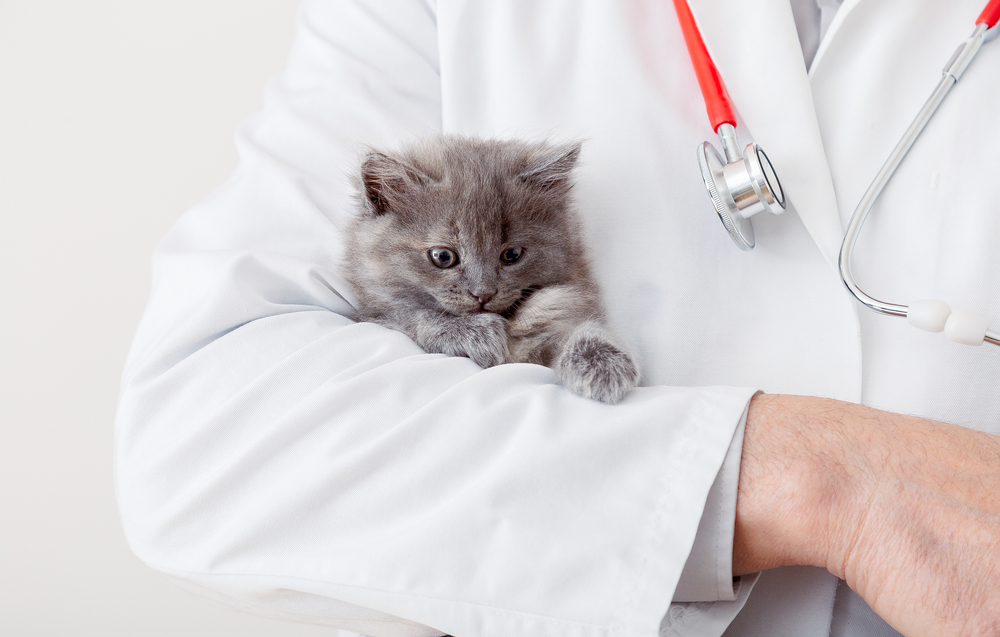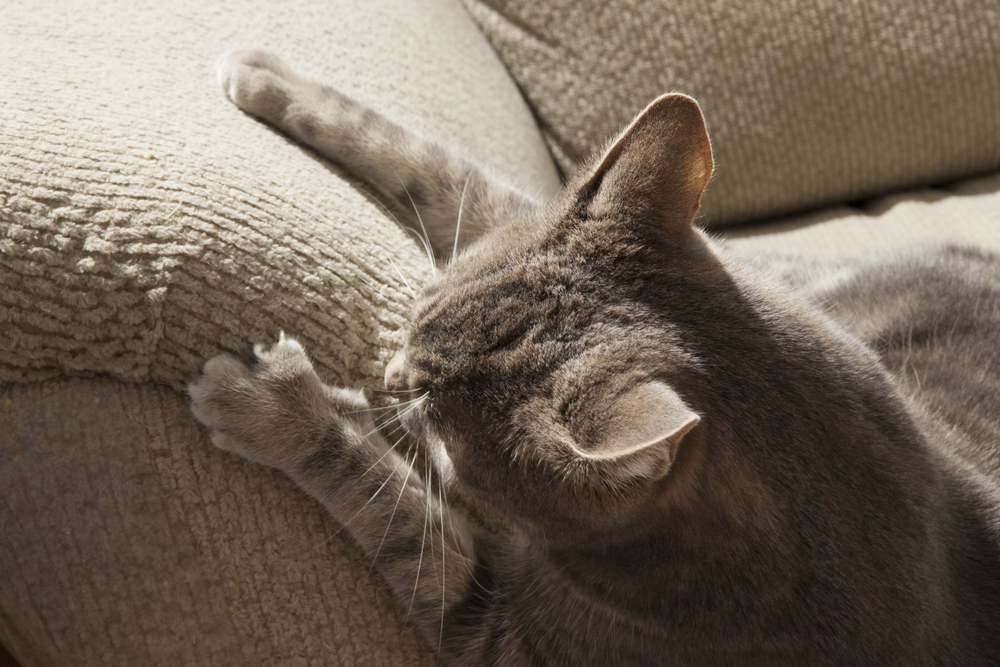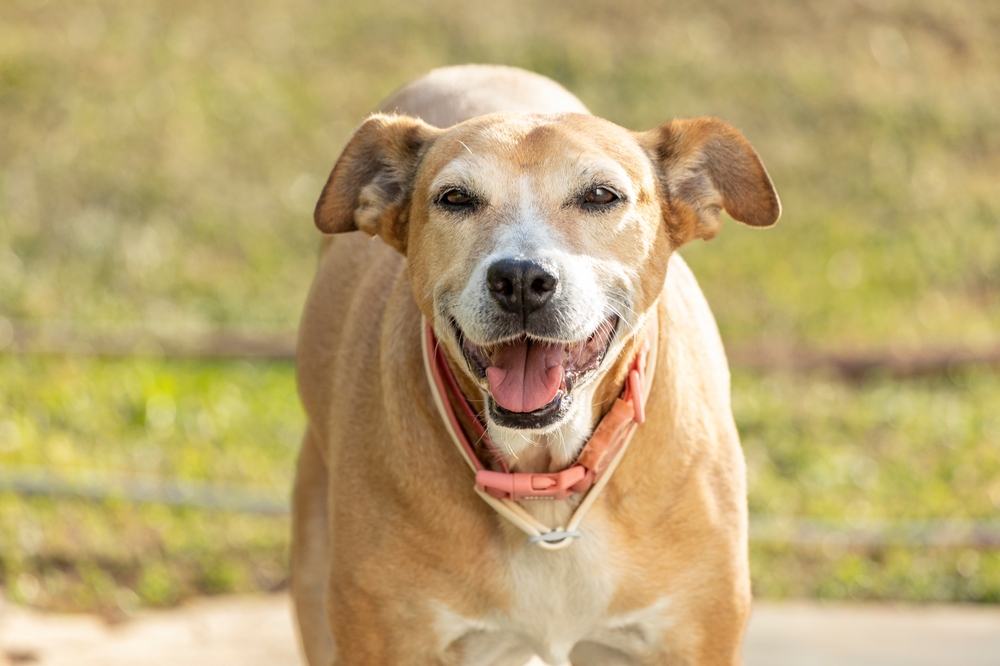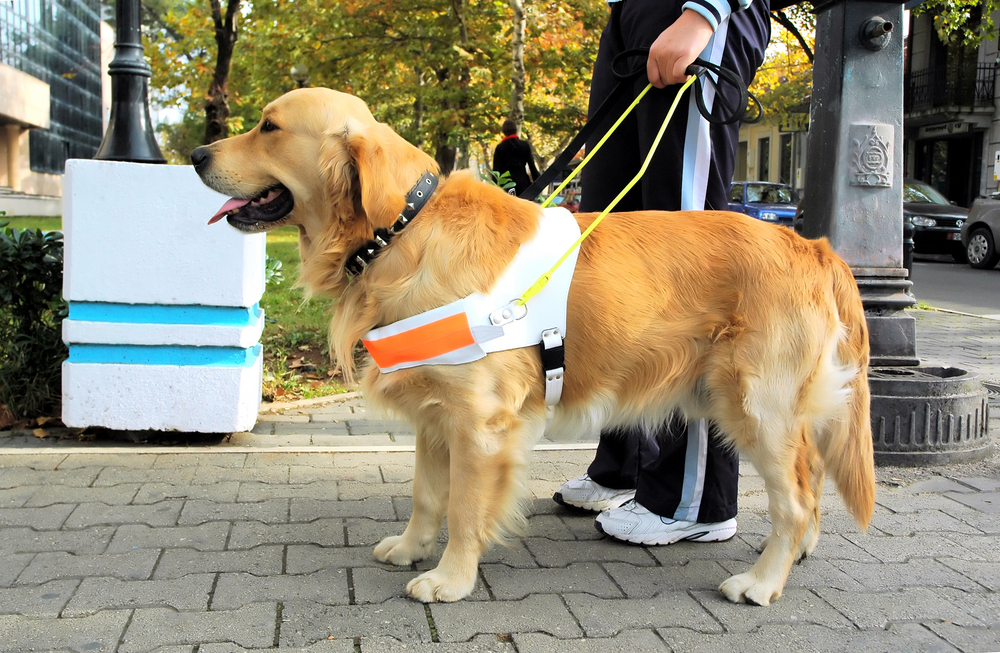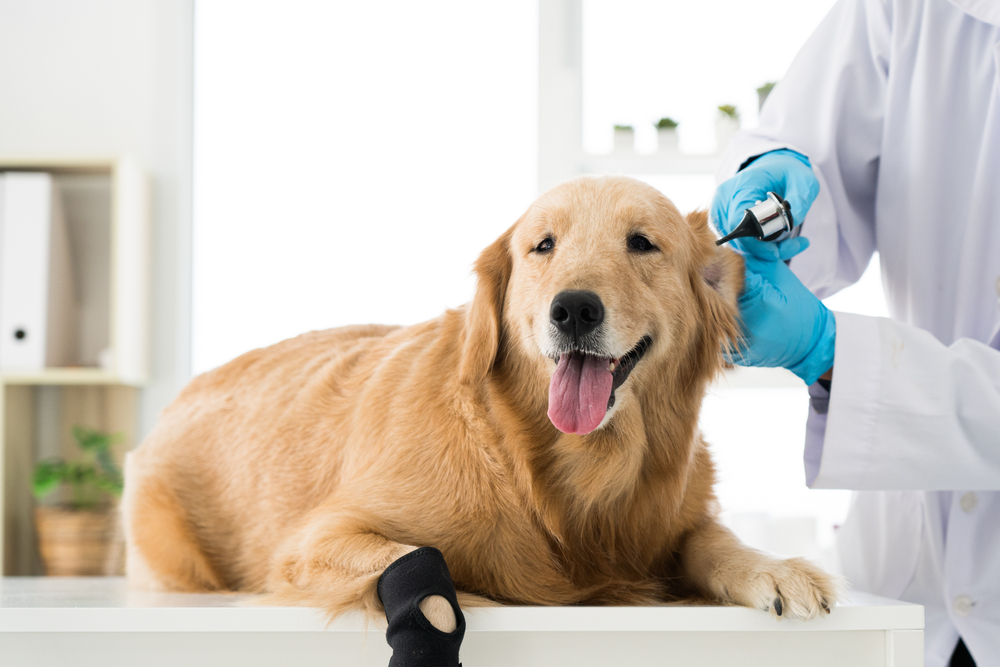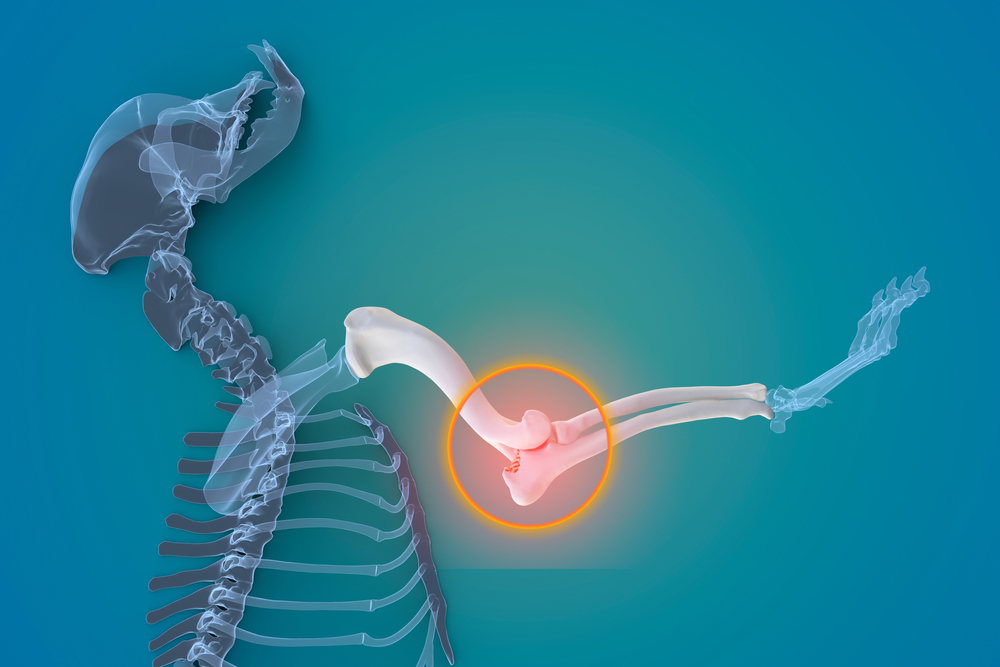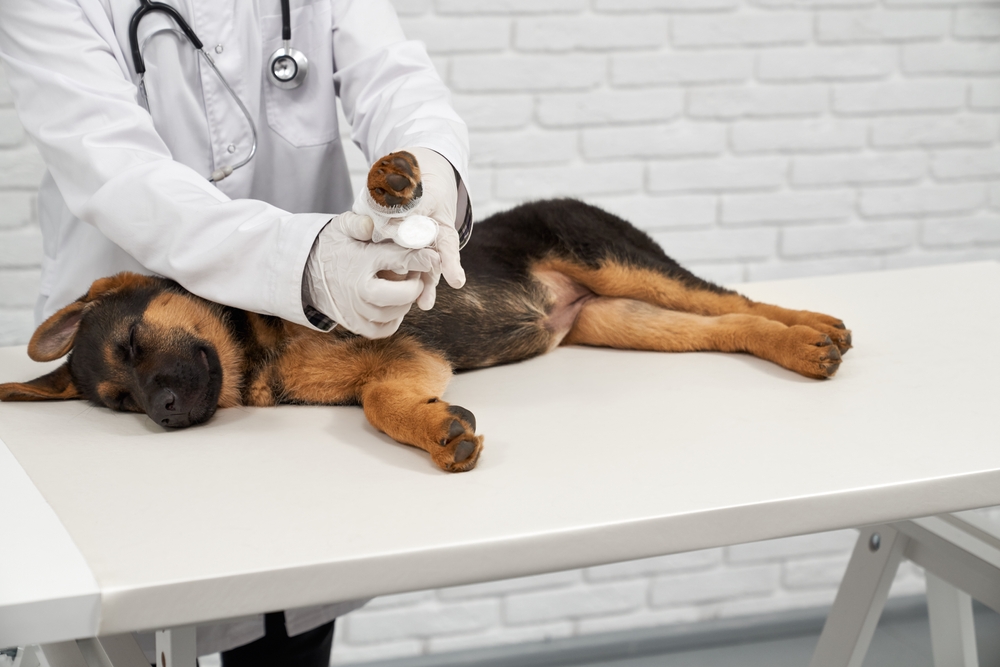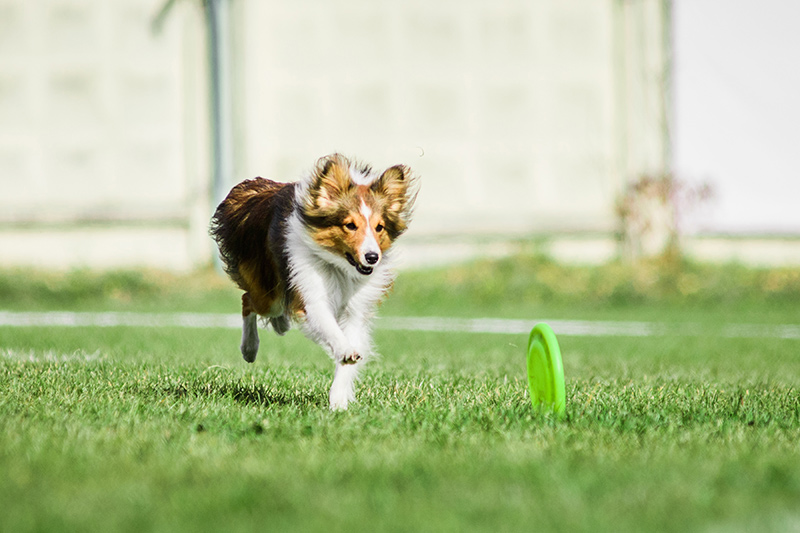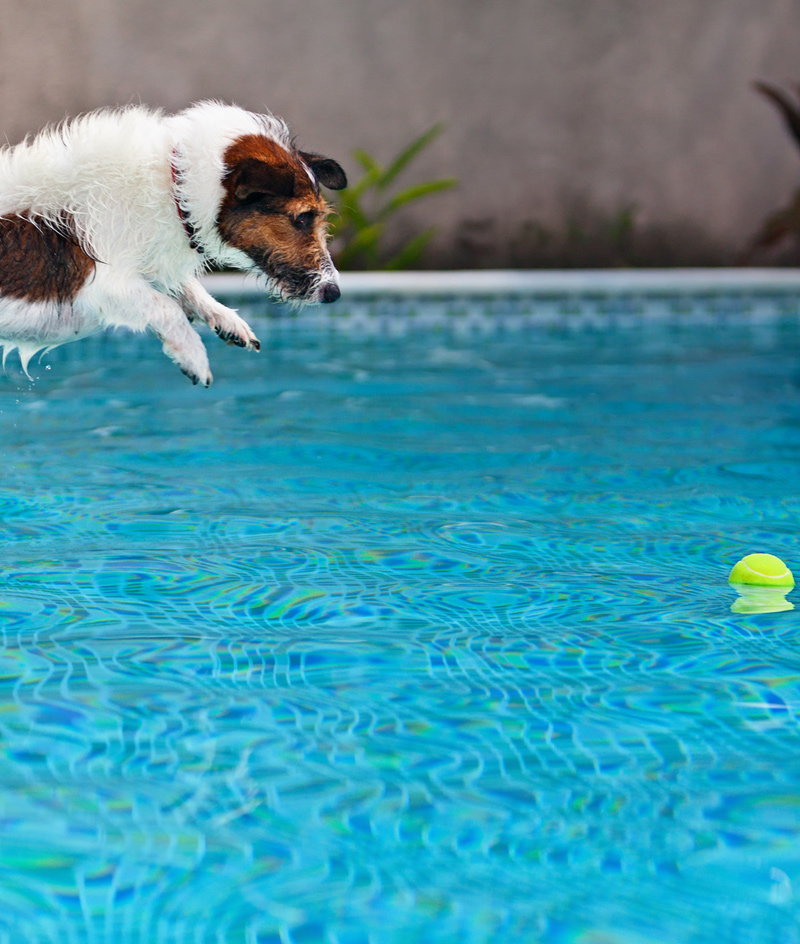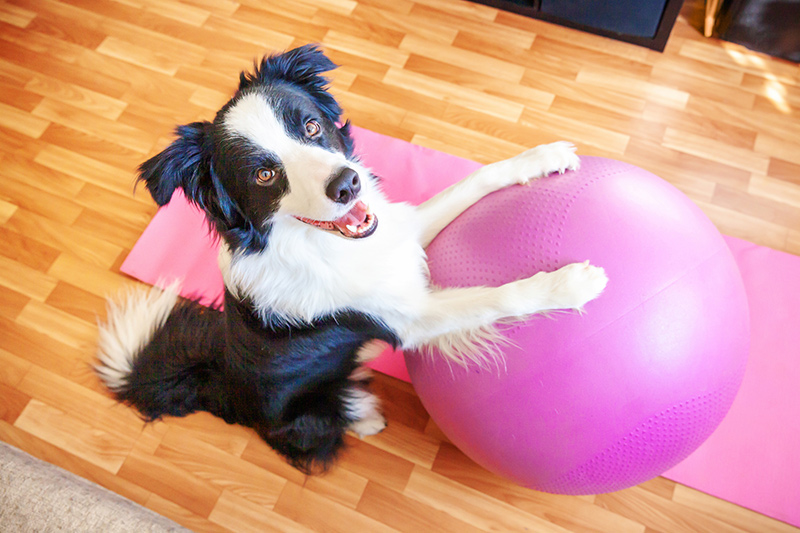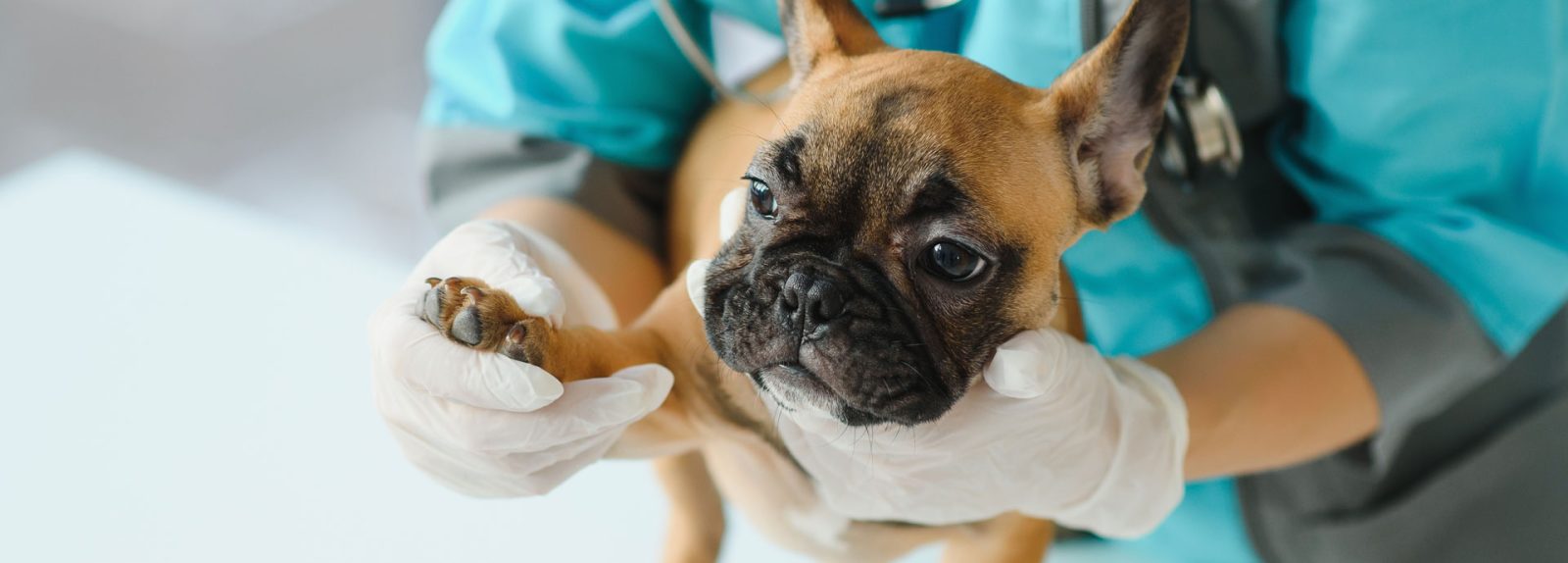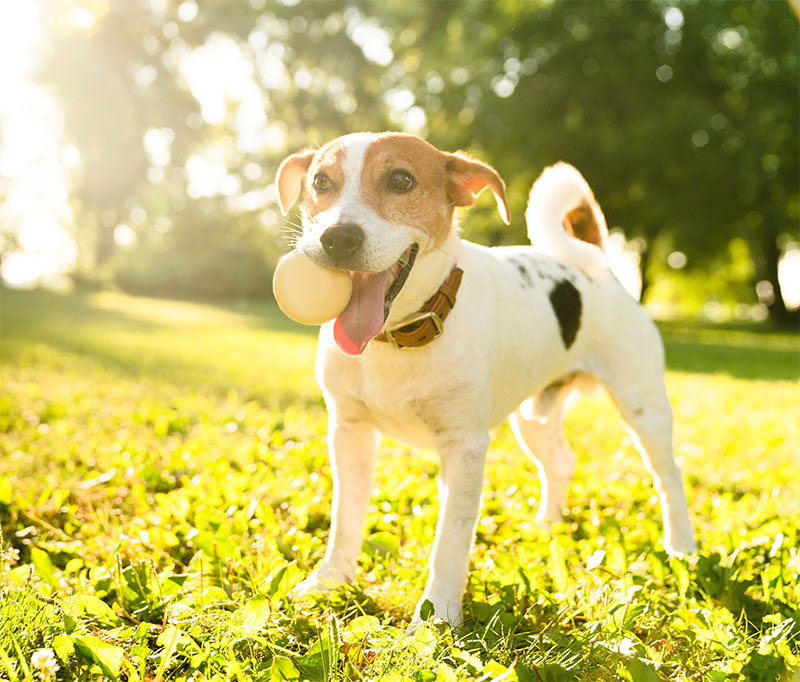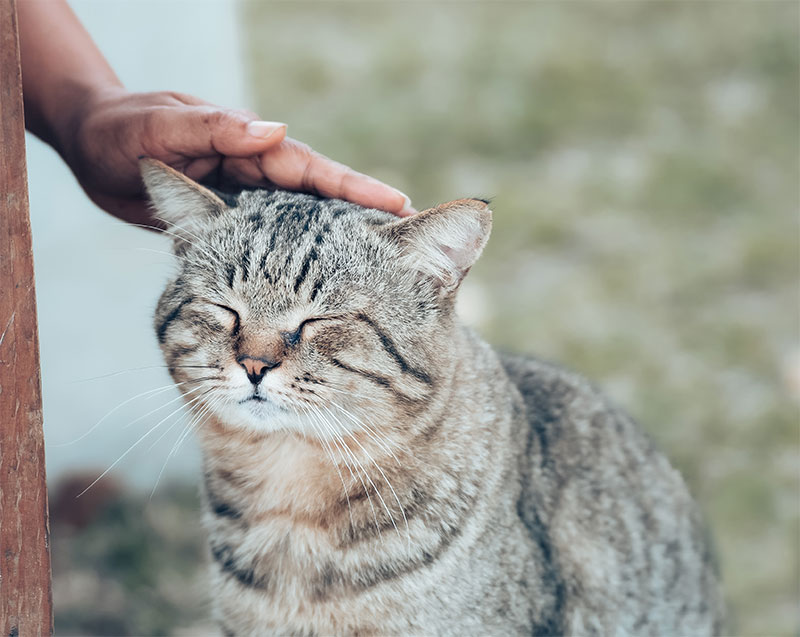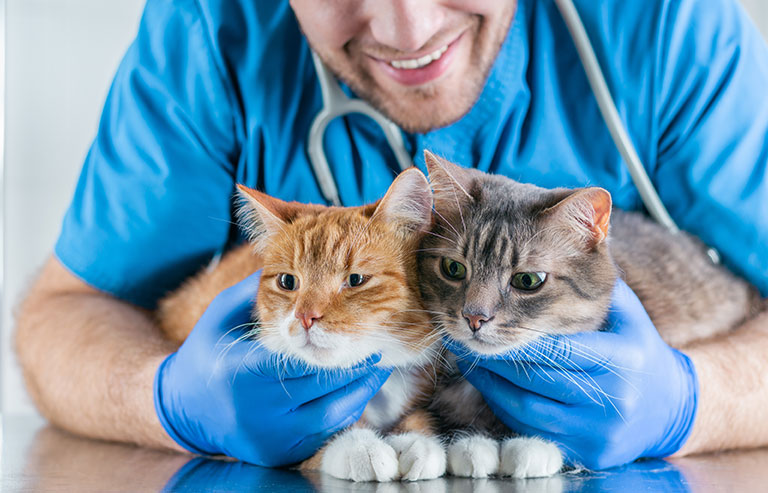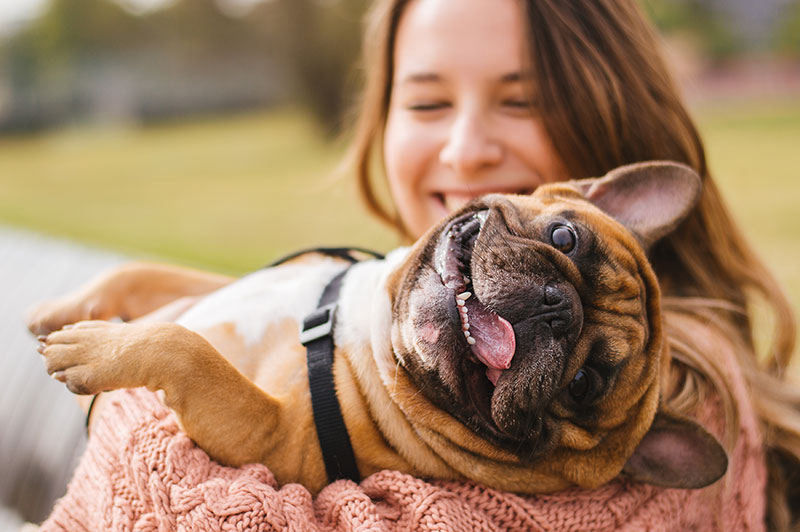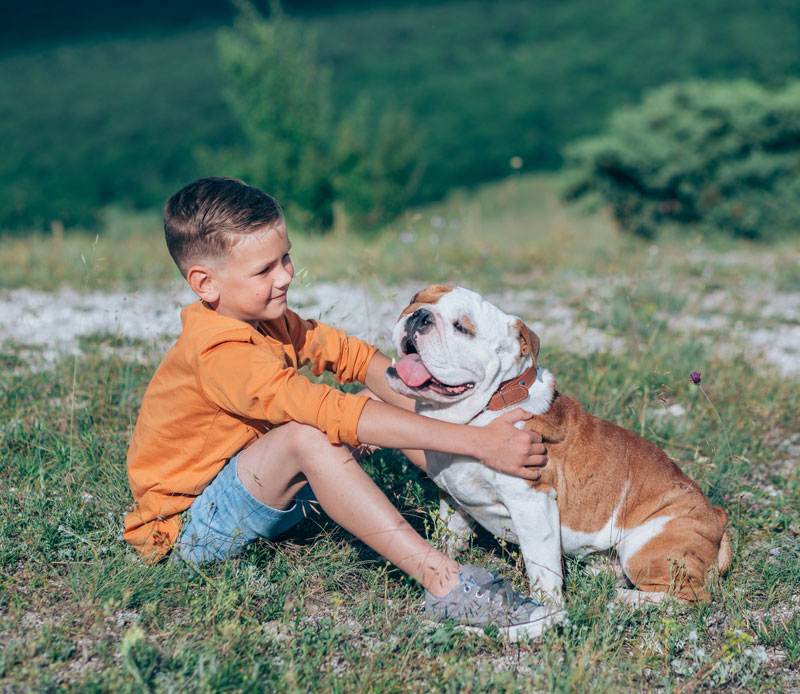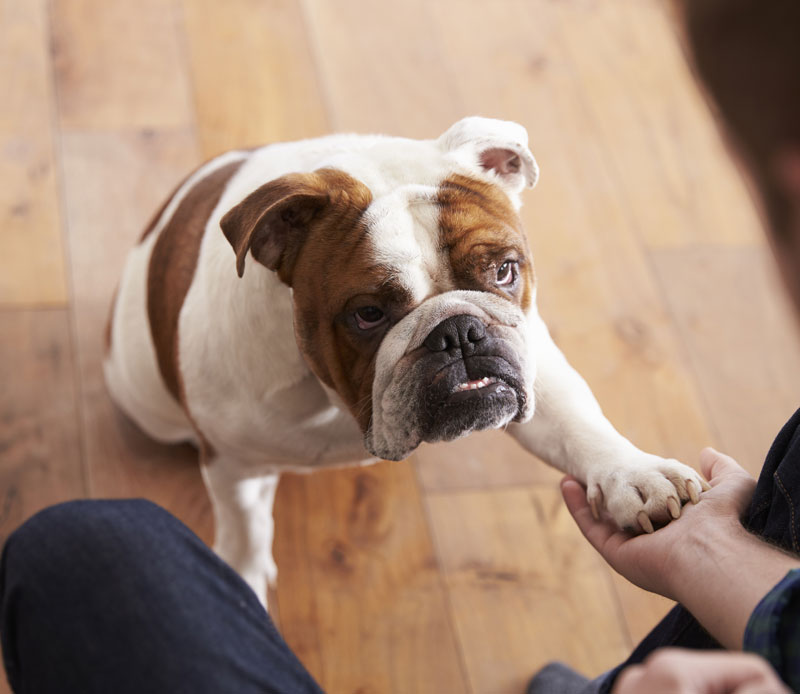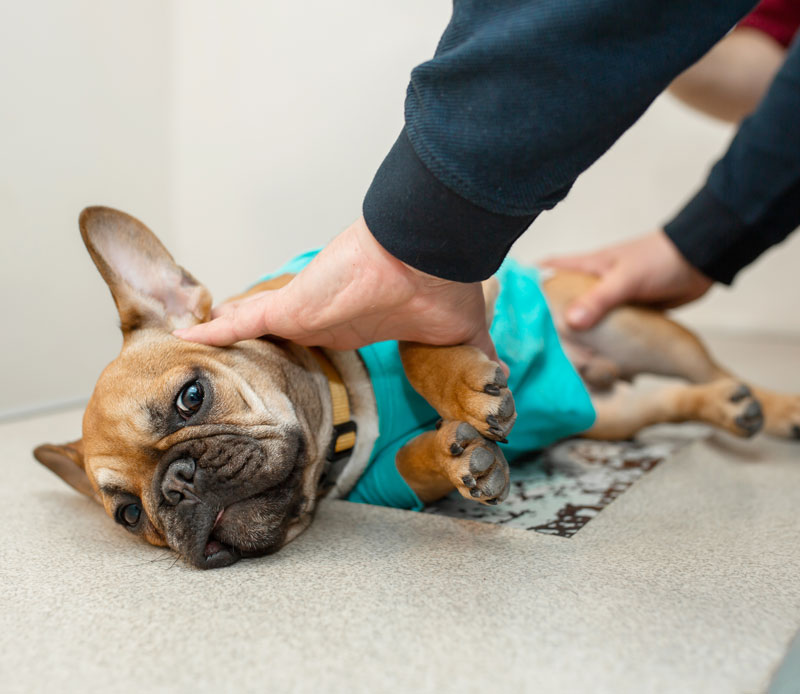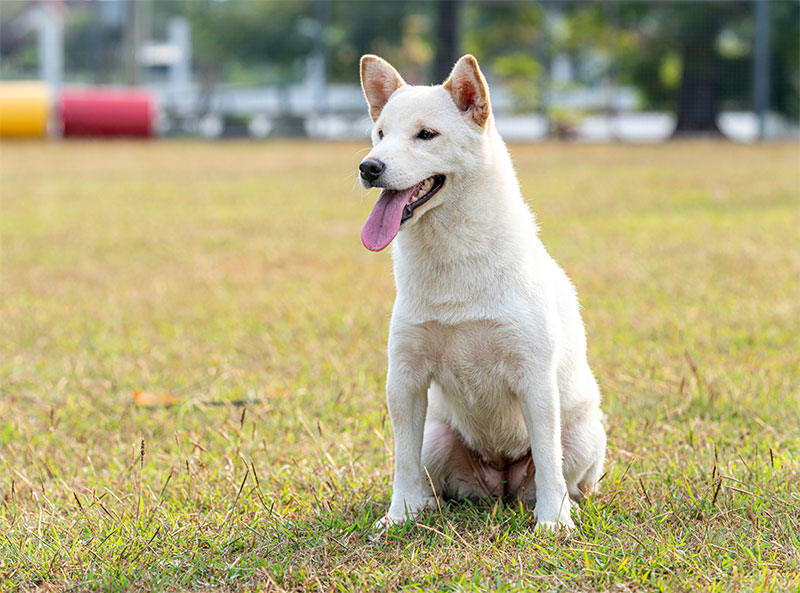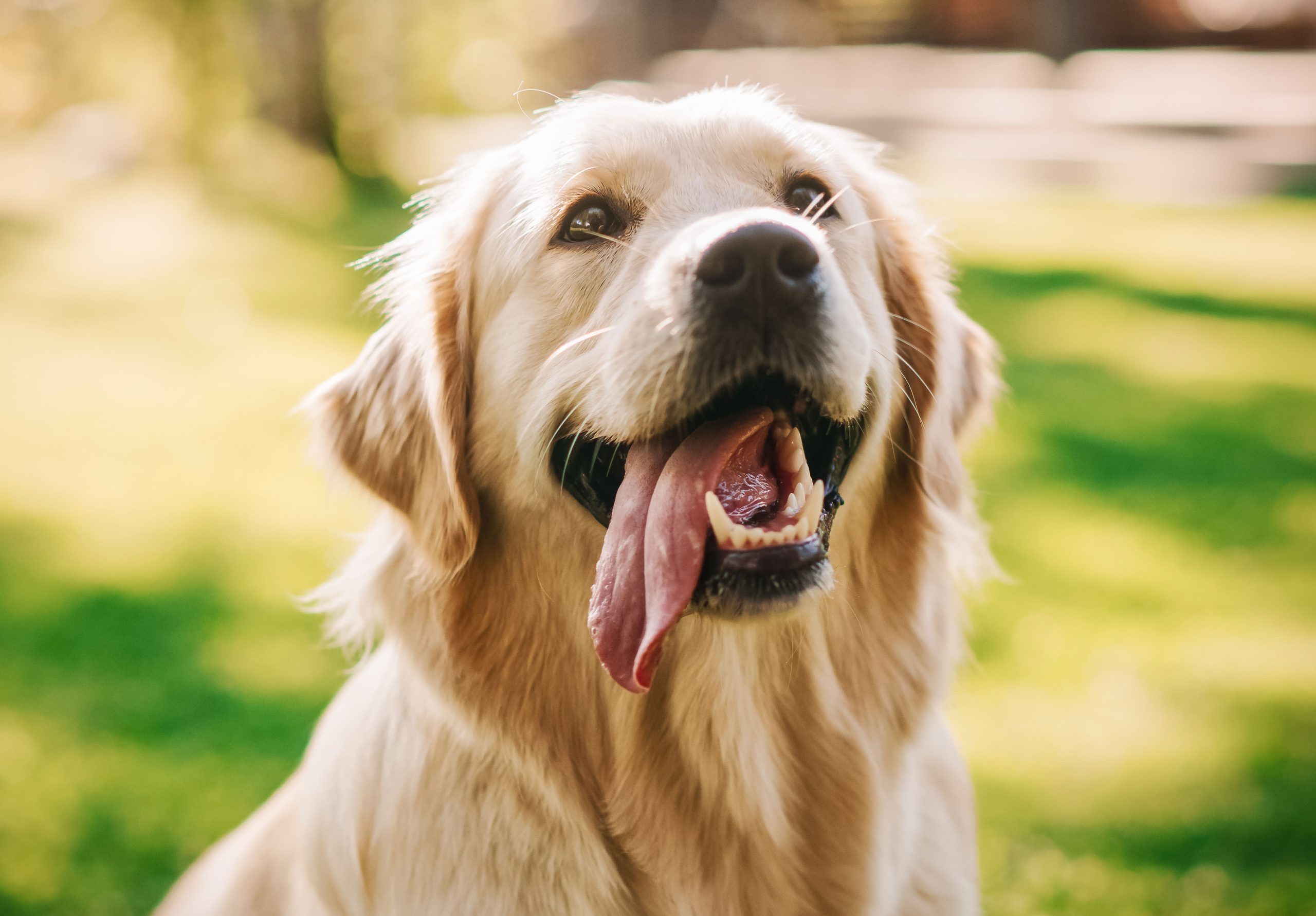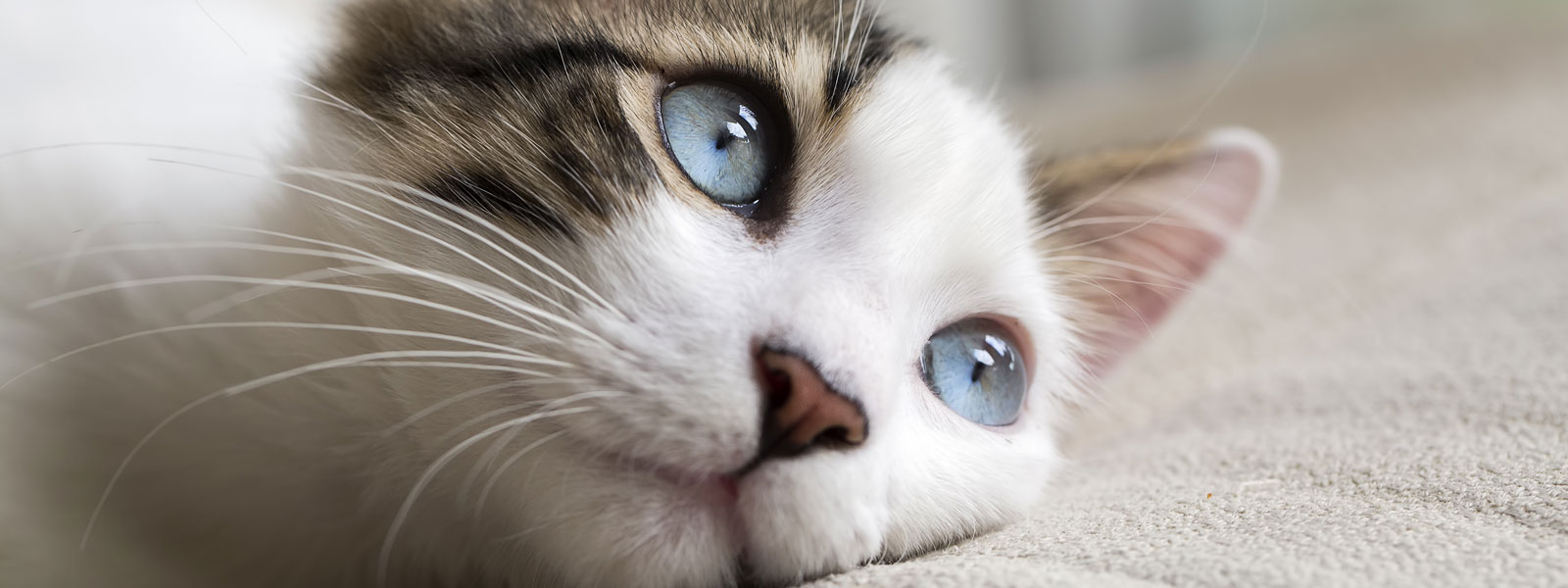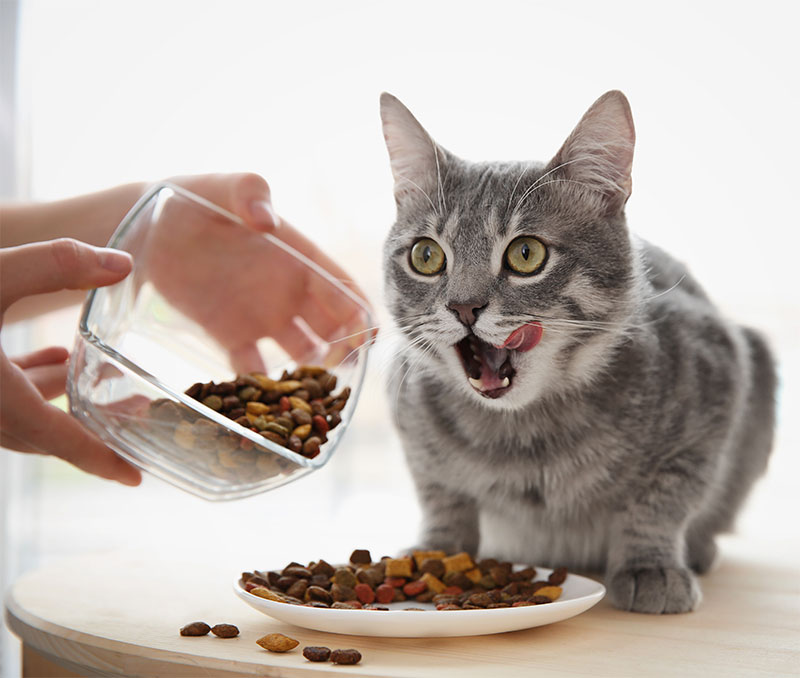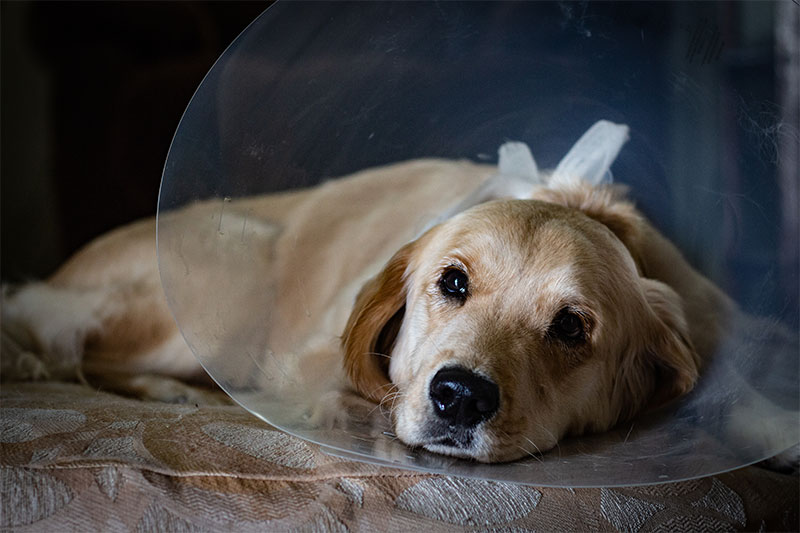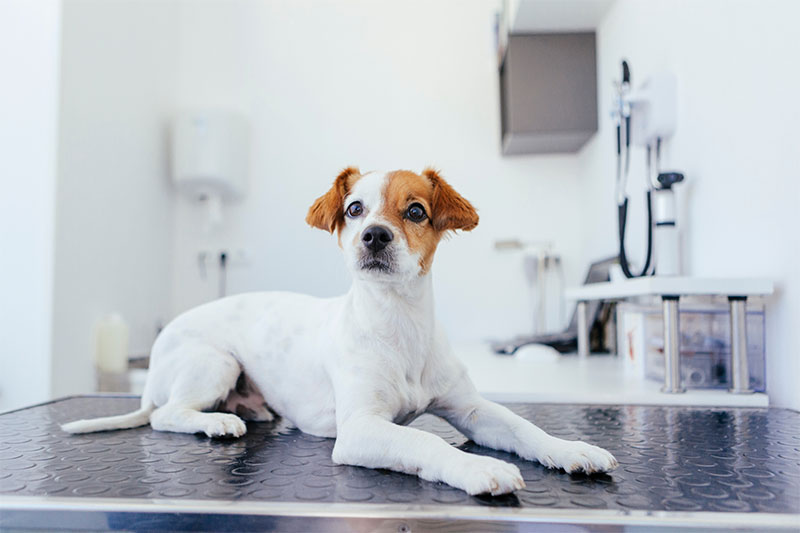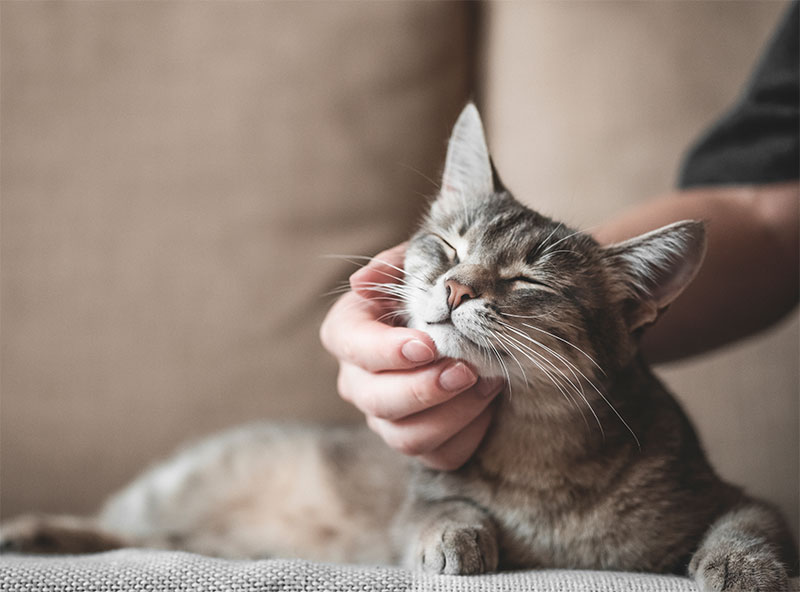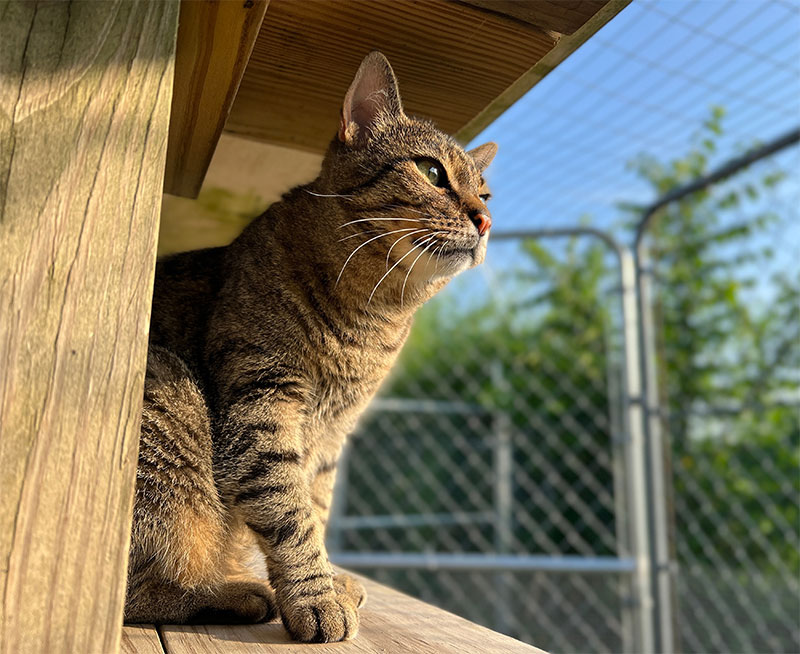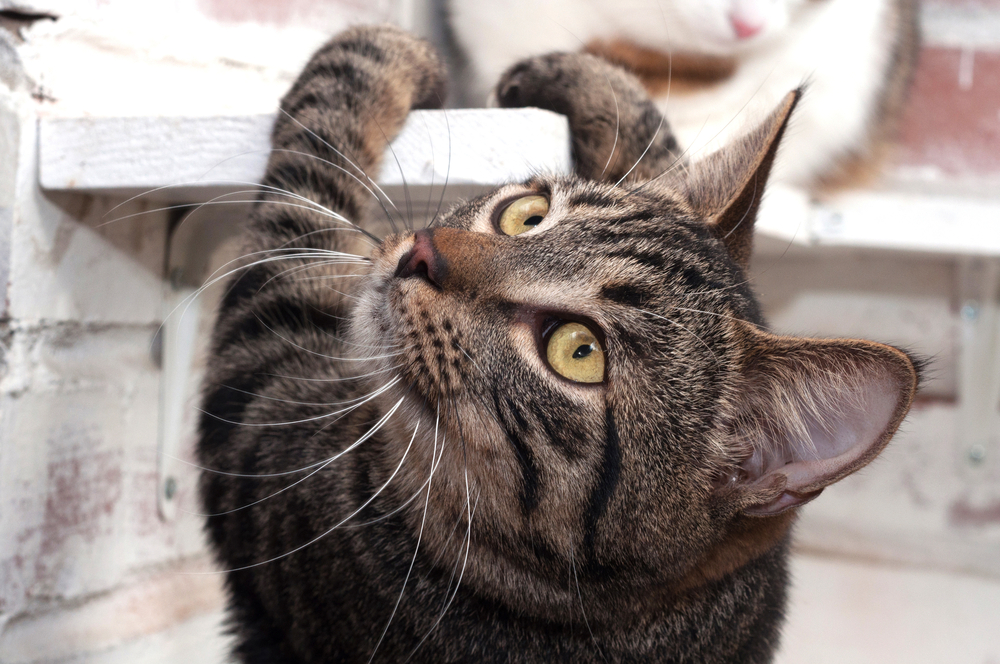
Feline Behavior Unveiled: Understanding and Solving Common Behavioral Issues In Cats
Cats are known for their unique and sometimes puzzling behaviors. While most of these behaviors are endearing and entertaining, some can become problematic for your pet and for you. Understanding the common behavioral issues in cats, their potential underlying causes, and effective solutions can help improve the relationship between you and your feline friend.
Common Behavioral Issues in Cats: Causes and Solutions
1. Inappropriate Scratching: Understanding the Clawing Conundrum
Cause: Cats have a natural instinct to scratch, which helps them maintain healthy claws, mark territory, and stretch their muscles. However, when they choose your furniture or walls as their scratching post, it can become a problem.
Solution:
- Provide suitable scratching posts made of various materials (sisal, cardboard, wood) and place them strategically around your home.
- Use deterrents like double-sided tape on the furniture or soft vinyl caps (Soft Paws) on your cat’s claws to prevent damage.
- Reward your cat with treats and praise when they use the appropriate scratching posts.


2. Litter Box Problems: Solving the Potty Predicament
Cause: Cats are meticulous creatures, and any issue with their litter box can lead to inappropriate elimination. Possible causes include dirty litter boxes, the wrong type of litter, or underlying medical issues.
Solution:
- Ensure a clean litter box by scooping waste at least daily and replacing the litter at least monthly, sometimes more often depending on how dirty the litter box gets.
- Choose a litter that your cat prefers, as some cats are particular about certain textures or scents.
- Make sure there are enough litter boxes per cat. The general rule is 1 per cat plus 1 additional box (space permitting).
- Consult your veterinarian if the problem persists, if you suspect a medical problem or you think your cat is uncomfortable.
3. Aggressive Behavior: Taming the Temper
Cause: Aggression in cats can result from fear, territorial disputes, or social issues. It can be directed towards other cats, animals, or even humans.
Solution:
- Identify the triggers for aggression and try to eliminate or avoid them.
- Gradually introduce your cat to new environments, people, or animals to reduce fear and territorial behavior.
- Consult with a professional animal behaviorist or veterinarian for severe cases of aggression.
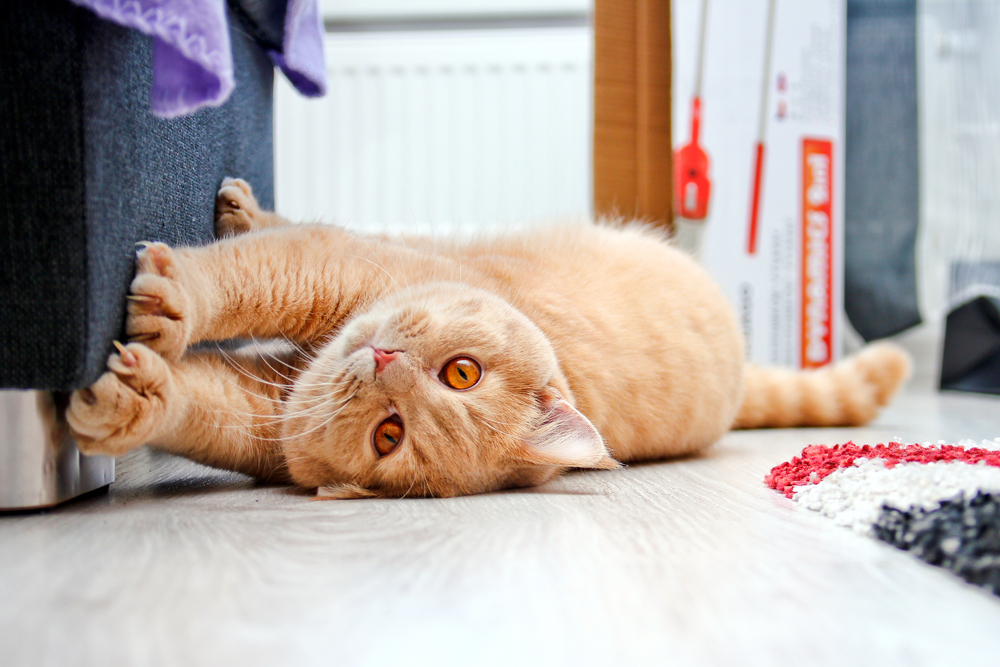
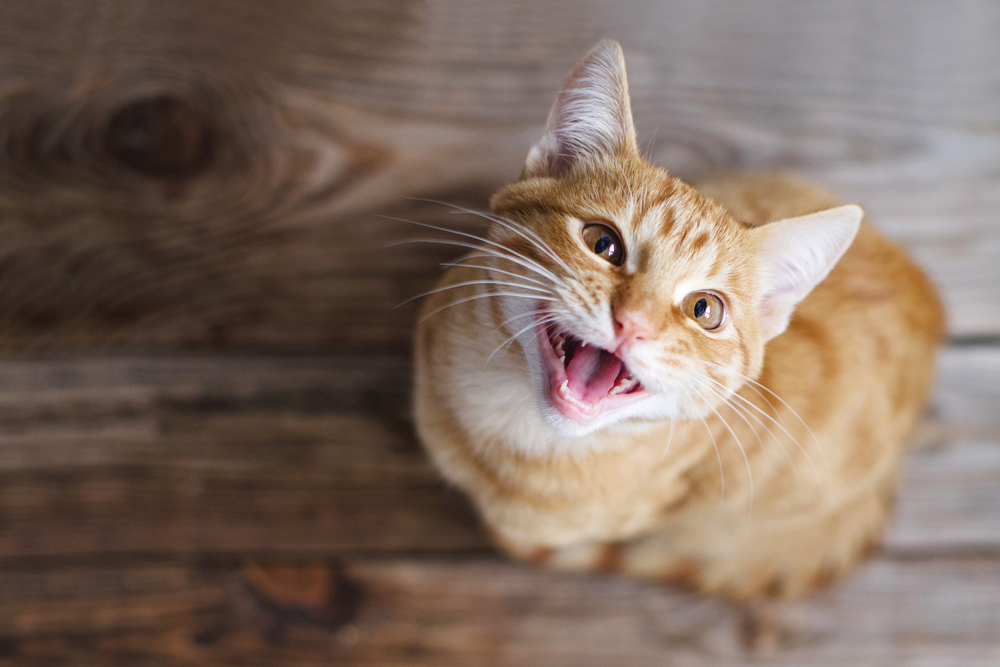
4. Excessive Vocalization: Managing The Meow
Cause: Cats meow to communicate, but excessive vocalization can be disruptive. There are medical reasons for this behavior, but when these have been ruled out, behavioral causes may include hunger, boredom, stress, or attention-seeking.
Solution:
- Ensure your cat is well-fed with an appropriate amount of calories for their body weight and has free access to fresh water.
- Provide mental stimulation through toys, puzzles, and interactive play.
- Create a consistent daily routine to reduce stress and anxiety.
- If your cat is vocalizing when in the litter box, this may be a medical emergency. Contact your veterinarian if you observe this behavior or if no urine is produced in any 24 hour period.
5. Destructive Chewing: Breaking Down Chewing Challenges
Cause: Cats, especially kittens, explore the world with their mouths. Destructive chewing can result from teething, boredom, or pica (eating non-food items).
Solution:
- Provide safe, chewable toys and rotate them to keep your cat engaged.
- Keep hazardous objects like string or other linear objects out of reach to prevent intestinal obstruction.
- Consult your vet if chewing persists, as it may indicate dental or other health issues.


6. Hiding: Decoding Feline Hide-and-Seek
Cause: Cats may hide when they feel unwell, scared, or stressed. It’s their way of seeking solitude and safety.
Solution:
- Ensure your cat has a quiet, secure hiding place in your home.
- Gradually introduce new people or changes to the environment to reduce stress.
- If hiding is accompanied by other concerning behaviors, consult your veterinarian.
Comprehensive Care for Your Feline Friend at Sleepy Hollow Animal Hospital
Regular veterinary care is essential to address and prevent behavior issues in cats. At Sleepy Hollow Animal Hospital, our dedicated team of veterinarians is here to support you and your feline companion. From routine check-ups to behavioral consultations, we provide comprehensive care to ensure your cat’s health and happiness. Schedule an appointment for your cat today!
